Highland Broadsword
The basket hilted Highland broadsword or claidheamh mor is one of the most distinctive and recognisable swords in the world, both for its broad blade and characteristic hilt. While it is hard to generalise, a typical clansman’s basket hilted broadsword as used between 1600 and 1745 had a blade ranging from 80cm to 100cm long, weighed between 1.1kg and 1.6kg, averaging at about 1.2kg. Ideally:
“The blade of a Scottish broadsword was rather over than under three feet in length, and the weapon itself admirably balanced, and fitted either to give stroke or point, although the contrary has been erroneously asserted by some writers.”
It was thus a serious cutting weapon of “medieval” proportions, designed for delivering powerful, potentially armour-cleaving blows; indeed, many ancestral medieval blades were simply re-hilted with basket-hilts

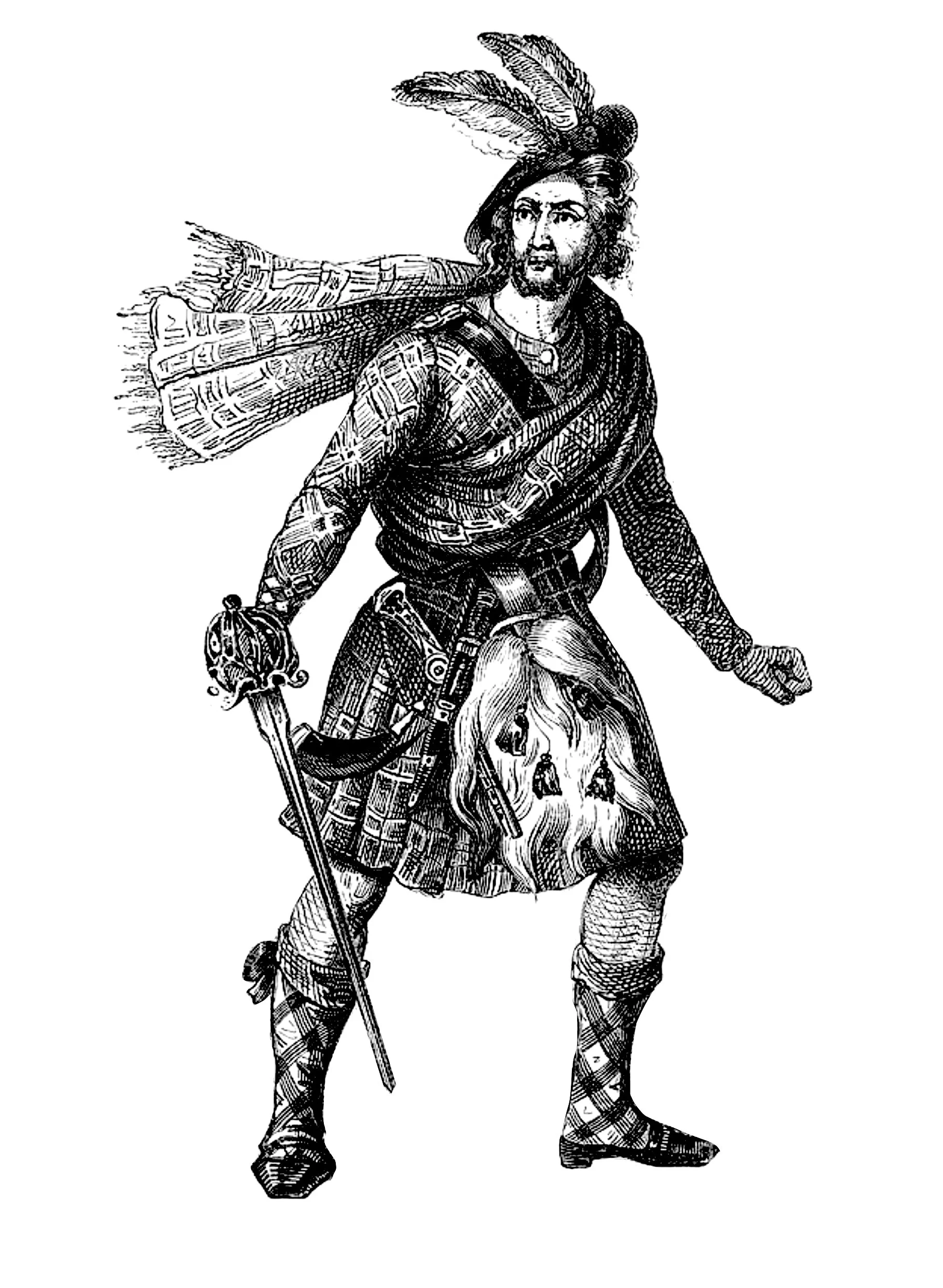
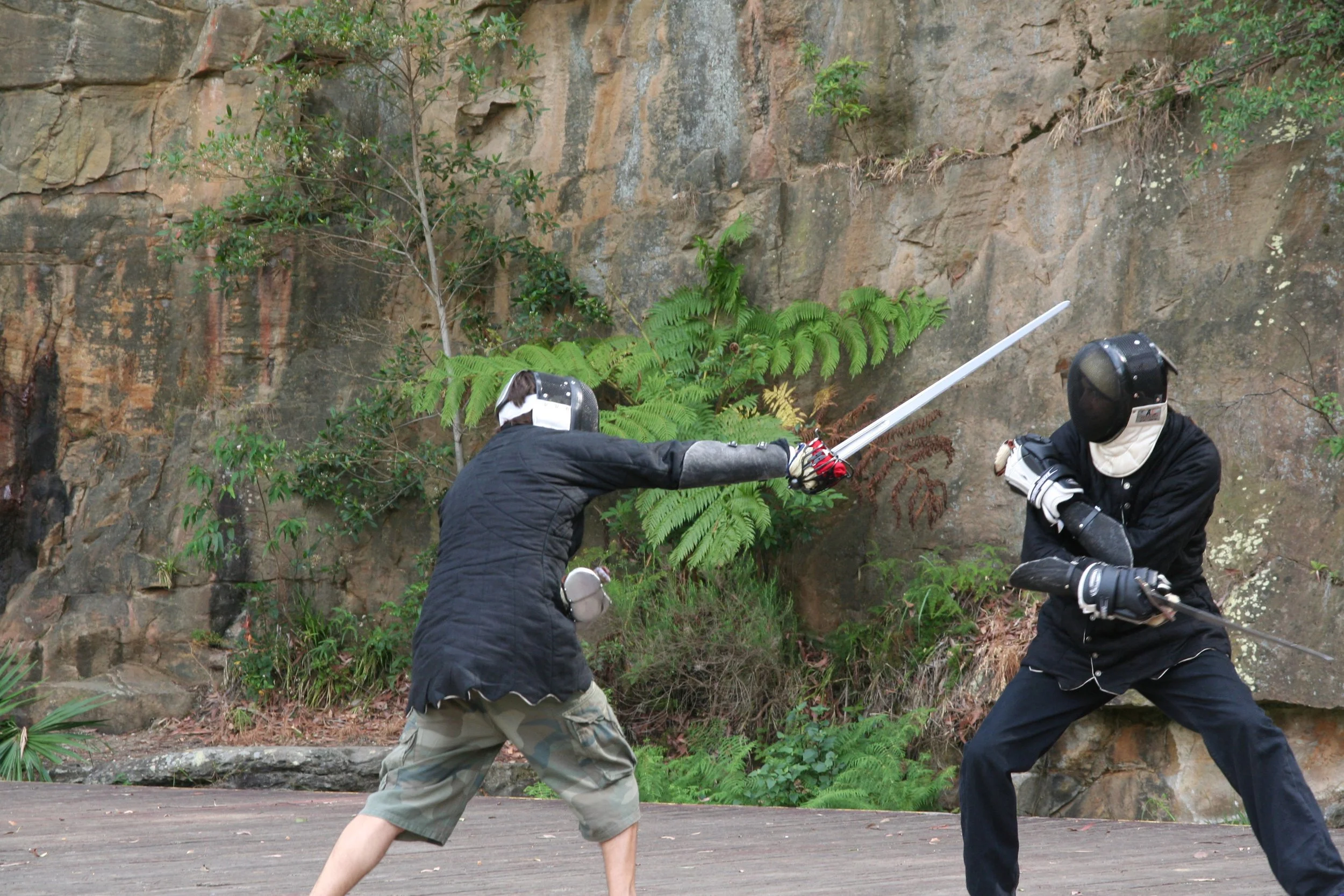
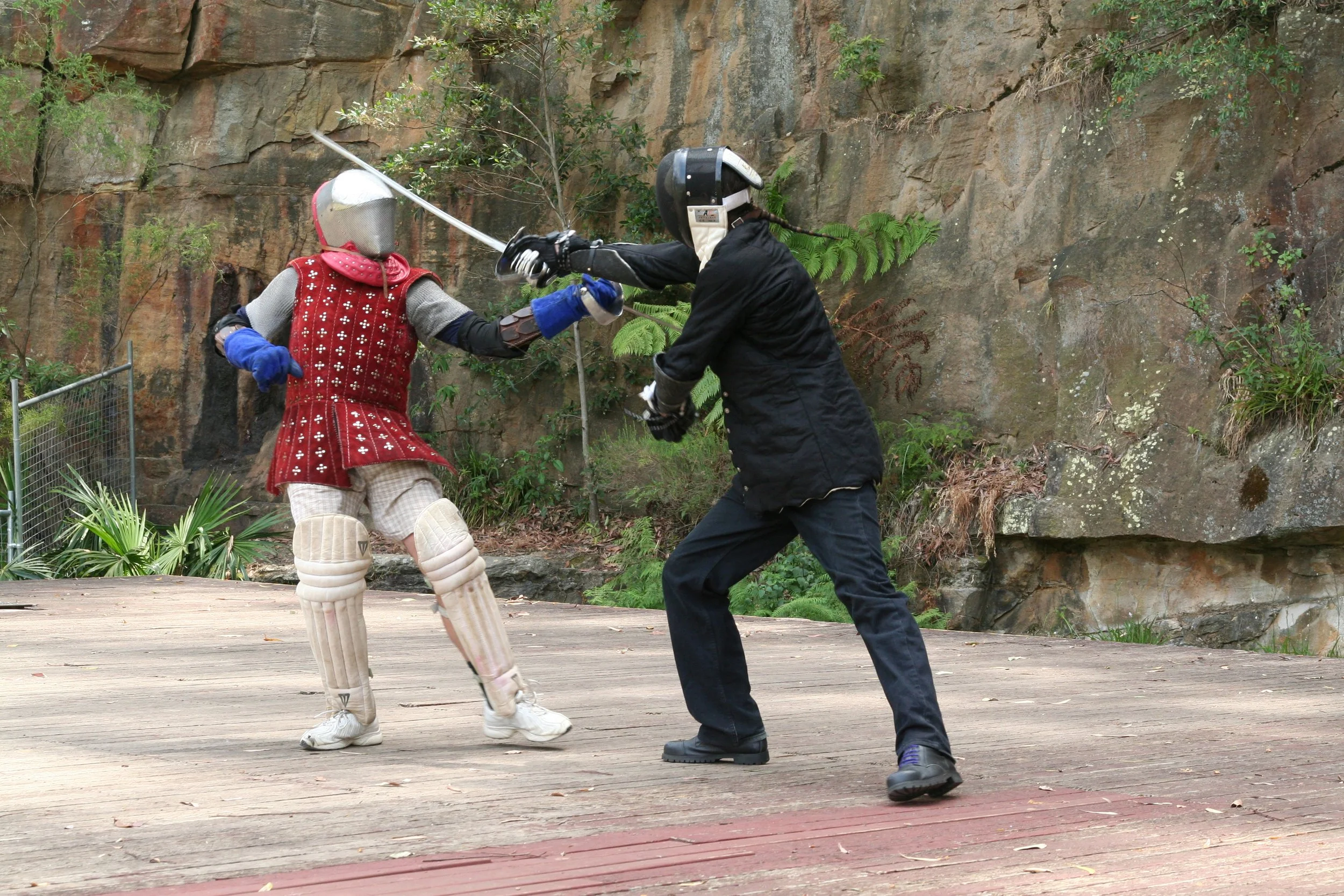
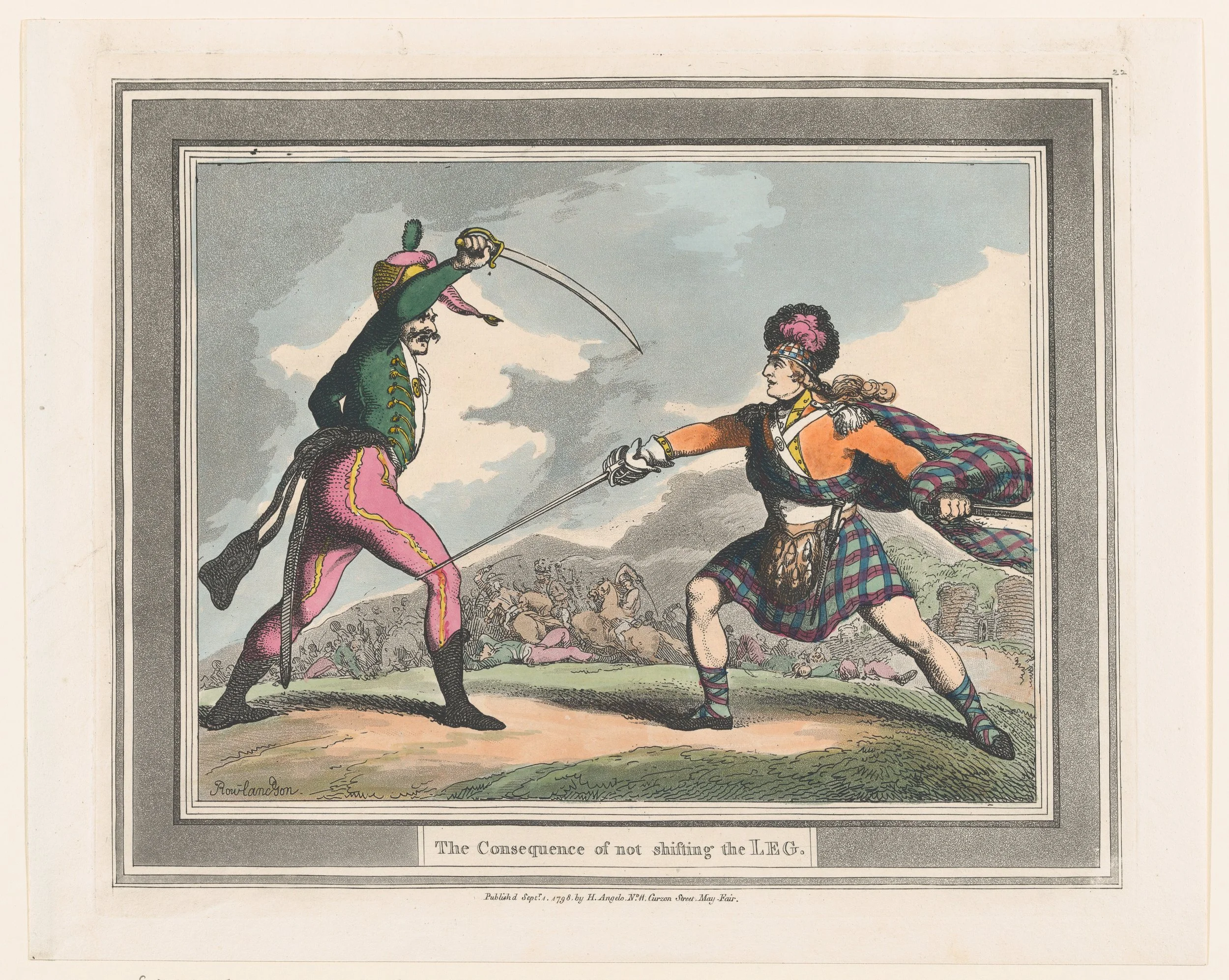
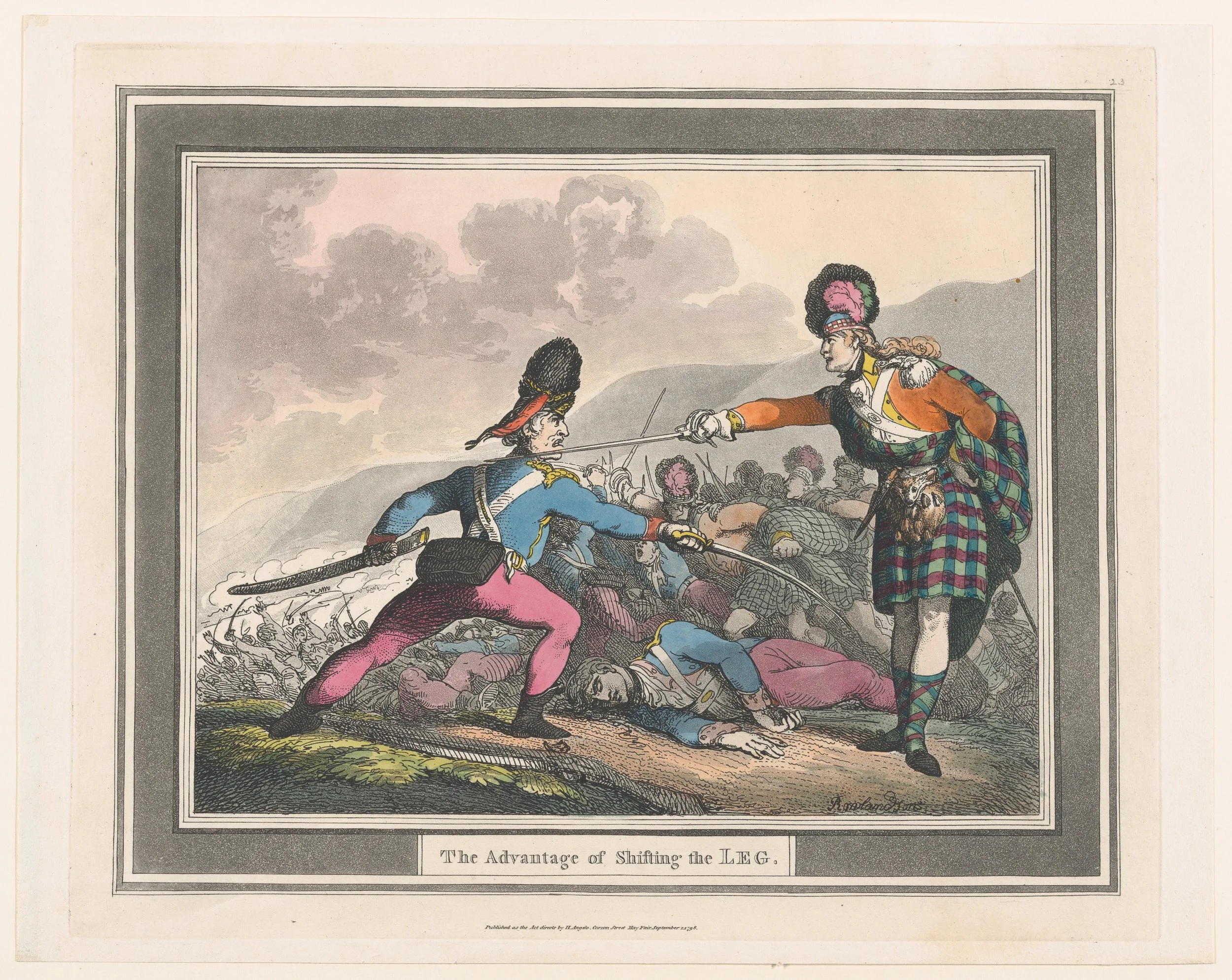
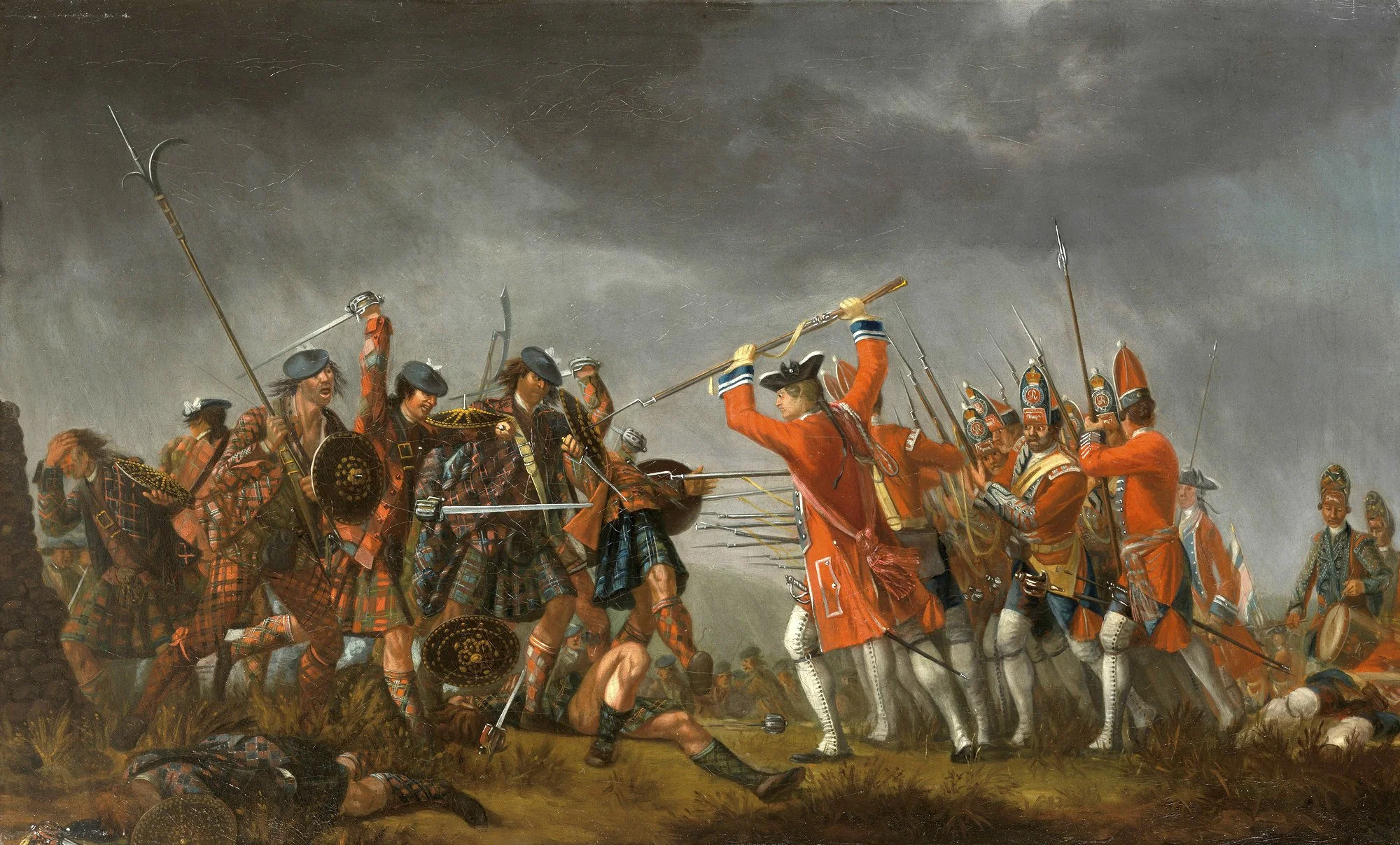
With a preference for such large and weighty blades, it is little wonder contemporary British soldiers considered the sword of the Highlanders as “heavy” in comparison to their military weapons, with one 18th century authority writing:
“Besides we are to take Notice that the Highlanders, hurries by the Impetuosity of their Tempers, are far from being the most observant of their Lines; and choose to Fight in their open Order, as it may be call’d, that they may have more room to Swing about their heavy broad and unwieldy Swords, which in our way of Fighting are of very little use”
The use of the broadsword in preserved in several period manuals, especially The Use of the Broad Sword as it is now in Use among the Highlanders 1746, written by an Englishman named Thomas Page, which he claimed was “The True Method of Fighting with that WEAPON, as it is now in Use among the HIGHLANDERS,” with additional information provided by numerous Napoleonic era manuals on the Highland method of broadsword fencing.
